Like the Olympic Games without sports
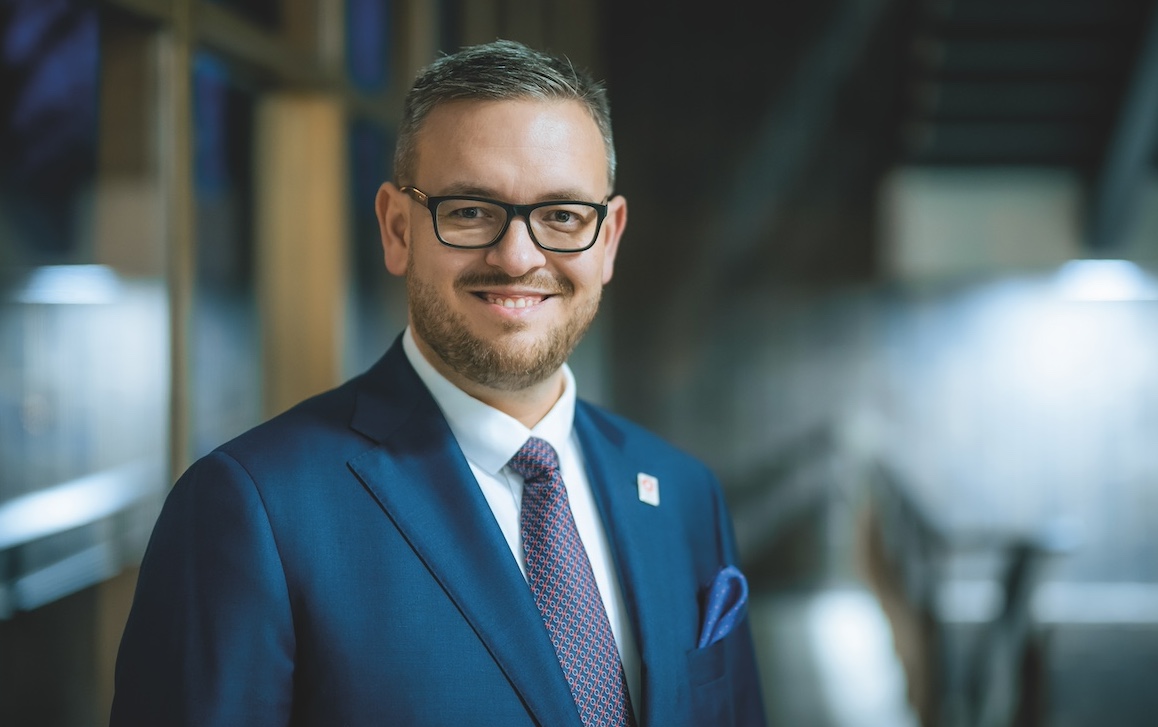
Ondřej Soška, Czech Commissioner General at World EXPO 2025
Text: Martina Hošková and M.Zisso; Photo: Archive
Can you explain what makes a person take on such a difficult role?
I hold a special place in my heart for Japan, its culture, and its way of doing business. The one semester I spent in Japan had a significant impact on my life and way of thinking. Besides, I believe the World EXPOs offer a unique opportunity to strengthen the national brand, and provide international exposure for innovative and promising companies. Therefore, I wanted to make use of my international experience in order to fully utilize the potential of the EXPO 2025 Osaka, Kansai, for our country and businesses.
How important is it for a country to participate in an international event like EXPO?
World EXPOs are the largest social, business, and cultural events in the world. Held every five years, they last six months and regularly attract tens of millions of visitors. They provide a unique global platform for nations, major companies, and organisations to showcase their latest ideas, solutions, and technological innovations. They can be seen as the non-sporting equivalent of the Olympic Games, and as an excellent platform for building a national brand.
The next EXPO will take place from 13th April to 13th October 2025 in Osaka, Japan, in the Kansai region, home to over 20 million people. The organizers anticipate an exceptionally high number of visitors — up to 30 million. For Czechia, this event presents a unique opportunity to showcase itself not only to professionals but also to the general public, fostering the development of both business and political relationships with one of the world’s strongest and most stable economies.
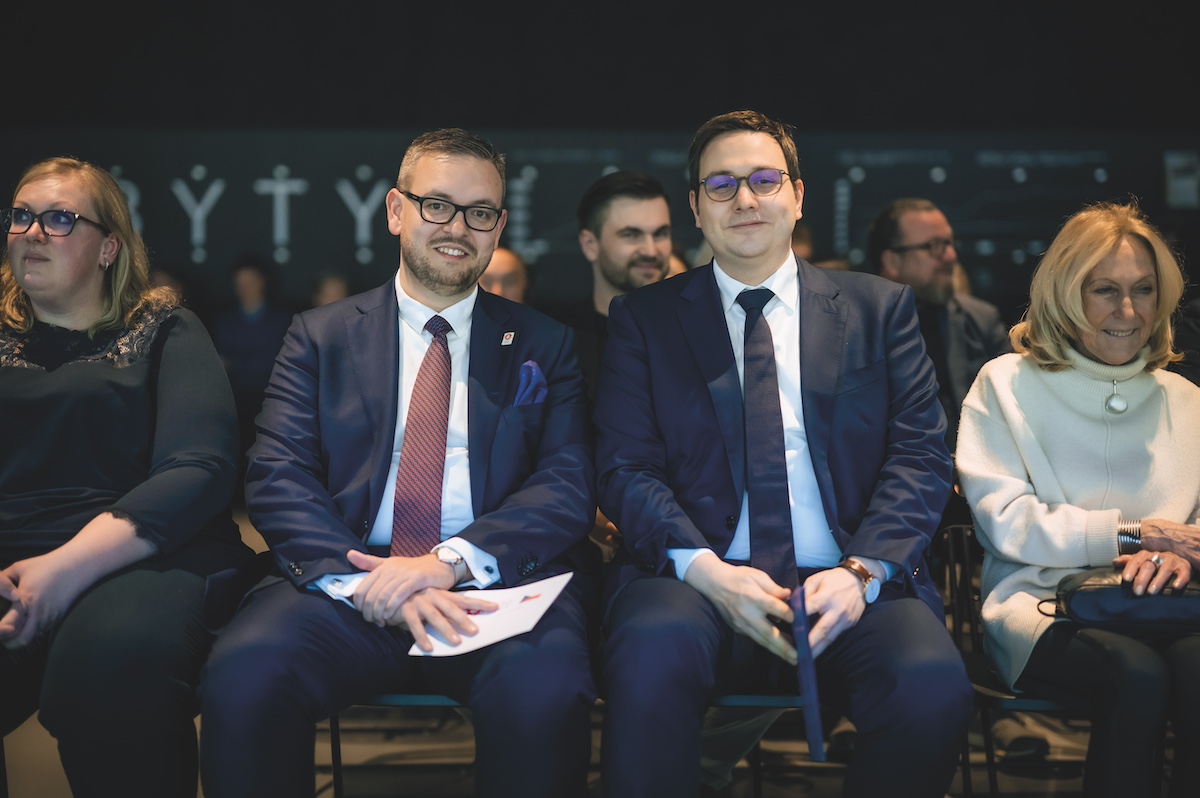
Ondřej Soška and Jan Lipavský, Minister of the Foreign Affairs of the Czech Republic
What are you aiming for, in terms of the Czech participation?
We have several goals. Firstly, it’s to support Czech exporters in their business efforts – not only in Japan but throughout the entire Asia-Pacific region. Many studies have proven the effectiveness of the return on state investments in export support. In addition, we want to help attract new investors and expand existing investments in Czechia. Incidentally, Japan is the second largest foreign investor here, employing over 50,000 people. We also aim to further expand scientific research cooperation between Japanese and Czech research institutions, and help attract Japanese tourists to regions beyond Prague.
Above all, participation in EXPO 2025 will be an excellent opportunity for companies to expand not only in Japan but also in the wider Asia-Pacific region, where access is not always easy. In Asia, the perception of a state is much stronger than in Europe, and if a company works with the state and participates in the national pavilion then it carries much more weight and relevance in the eyes of local partners. Of course, some companies may not have ambitions to expand into Asia but still perceive EXPO as a prestigious event, as well as a great reference project for domestic and international partners. Ultimately, this could lead to expansion into new markets or increased order volumes. This idea is supported by the experiences of companies such as Koma Modular, GreenTech, and the Czech Mint, who took part in the Czech pavilion at World EXPOs in the past. For regions and cities, the focus is mainly on attracting tourists and investors.
How will the Czech Republic contribute to the central theme of the EXPO 2025?
The central theme chosen by the organizers is ‘Designing Future Society for Our Lives’. They aim to inspire visitors to contemplate how they want to live, and how they can maximize their personal potential. The Japanese recognize that we live in challenging times, with emerging social issues. On one hand, economic inequality is increasing, and new armed and social conflicts are emerging. On the other hand, the incredible pace of innovation and development is bringing revolutionary technologies, including artificial intelligence and biotechnologies, which are and will continue to bring unprecedented changes to human life. The EXPO site will be conceptually divided into three parts, with participants highlighting one of the three sub-themes in each section: Saving Lives, Empowering Lives, and Connecting Lives.
Czechia, with its national theme of ‘Talent and Creativity for Life’, will be part of the ‘Empowering Lives’ section. We aim to present Czechia as a confident and competitive country, emphasizing sustainability, safety, education, and innovative potential. We want to showcase that Czechia is the home of a creative nation, and that Czech ideas have transcended national and continental borders. We have a lot to offer to the world. Thanks to Czech talent and creativity, we are capable of offering solutions to some of the challenges that contemporary society and the world are facing. We want to be part of the discussion through our business program, which is open not only to Czech and Japanese companies but also to leaders in selected discussions.
Recently, Czech Foreign Minister Jan Lipavský signed the Japanese-Czech Air Service Agreement, planning on establishing direct flights between the two countries. Do you therefore expect many Czechs to visit EXPO 2025?
The signing of the Japan-Czechia Air Service Agreement is a necessary step forward in establishing direct flights. I fly to Japan every 6 to 8 weeks, and although I’m used to travelling extensively, I must say it’s challenging. Direct flights will significantly ease many things. I’m pleased that the current Czech Ministers of Foreign Affairs and for Local Development are intensely focused on this issue. If we manage to establish direct flights, it will be excellent news for Czech tourists and Czech companies. The Yen has weakened considerably, making Japan more affordable for us. Moreover, for those considering a visit to Japan, next year will be the best and most ideal time. Besides experiencing the beauty of Japan, people will be able to see the whole world in one place, and take away unique experiences from the World EXPO 2025. Business representatives will be able to make contacts and potential contracts, and will be able to establish new collaborations. Such opportunities don’t come along every day.

Ondřej Soška and H.E. Mr. Kansuke Nagaoka, Ambassador of Japan to the Czech Republic
Tell us about the Czech Pavilion – will it be in one of the best locations on the EXPO site?
That is correct. The Czech National Pavilion will be located in Osaka, Japan, almost at the intersection of the coastal promenade and the main boulevard. I believe the pavilion will offer a dignified backdrop for Czech participation in EXPO 2025, which will take place from April to October 2025 on the artificial island of Yumeshima in Osaka Bay. The pavilion will feature a permanent exhibition, a multifunctional auditorium, facilities for business meetings, a restaurant, a VIP lounge, and, in front of the pavilion, there will be a relaxation area with a view of the sea.
International architecture magazines and websites are already discussing national pavilions, especially those of Switzerland, China, Japan, and Czechia. However, many countries have, for various reasons, decided not to build their own pavilion design. To put this in perspective, 161 countries and 9 international organisations will take part in EXPO 2025, and around 60 countries had originally planned to build their own architecturally unique pavilion. Although many countries are still undecided, looking for a construction company, or waiting for building permits, the most critical and as yet unconfirmed reports suggest that only about 40 countries will build their own pavilions (so-called Type A).
The design of the Czech National Pavilion by Apropos Architects – architects Tomáš Beránek, Michal Gabaš, Nikoleta Slováková, and Tereza Šváchová – has mainly been discussed due to its crystal spiral shape, with a facade made of Czech artistic glass. Less talked about, however, is the fact that the entire supporting structure will be made of wood, specifically a system based on cross-laminated timber (CLT) panels. It is expected that up to 15,000 visitors will pass through it daily, but many more people will see it from the outside. The spiral should be clearly visible from about one-third of the wooden ring. Therefore, the Czech National Pavilion will be our largest exhibit, and a jewel on its own.
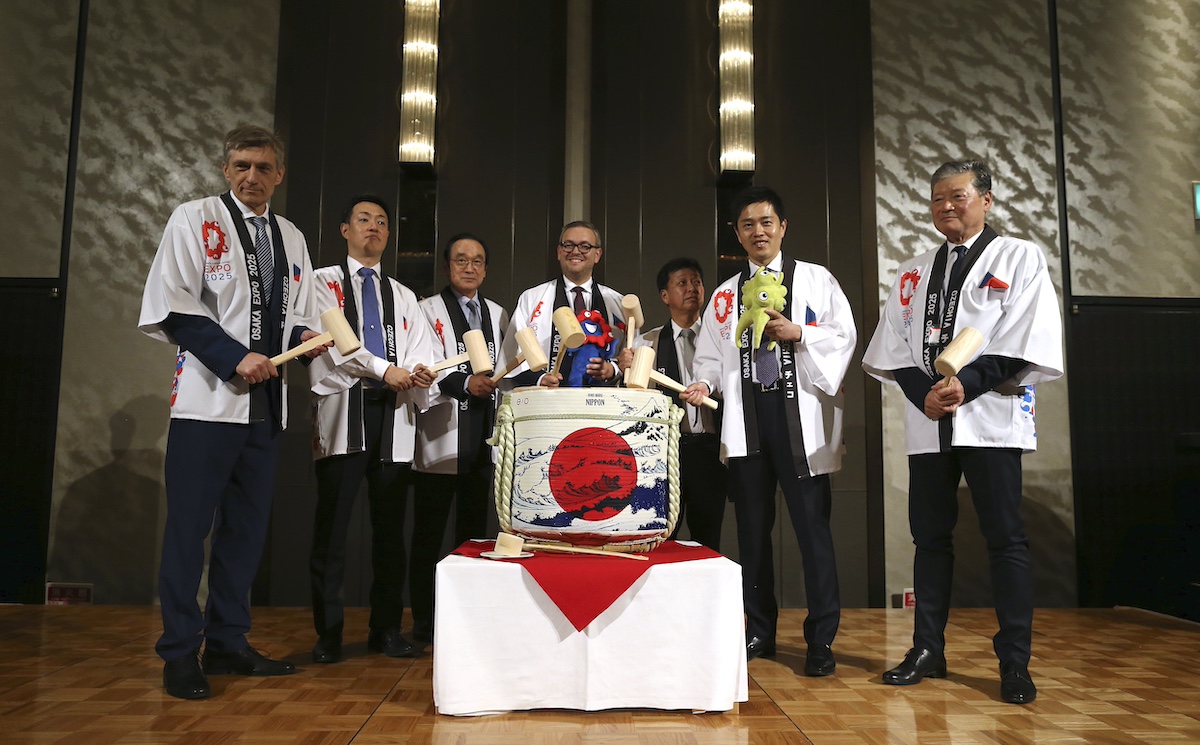
H.E. Mr. Martin Klučar, Czech Ambassador in Tokyo Yokoyama Hideoyuki, Mayor of Osaka City Haneda Koji, Commissioner General of the 2025 World Exposition in Japan Ondřej Soška, Czech Commissioner General at EXPO 2025 Murao Kazunori, President of Daisue Construction Co., LTD Yoshimura Hirofumi, Governor of Osaka Prefecture Ichinoki Manatsu, Deputy Secretary General of the Japan ́s Association of EXPO 2025
How far along are you with the construction of the pavilion?
In mid-April, we introduced the Czech National Pavilion in virtual reality at the headquarters of Virtuplex.The virtual model at a scale of 1:1 helped us and the architects to perceive all distances, views of the interior and exterior, and catch all sorts of defects. On this occasion, we signed a contract with the general contractor, the Japanese construction company Daisue. I’m delighted that we are finally building the pavilion with a company that has been in the Japanese construction market since 1937, is based in Osaka, and has almost 600 employees. They’re also known for their dynamic approach to innovation and sustainability, which is great because our pavilion will be innovative in many ways.
But let’s get back to the construction. Preparatory work began almost immediately after the contract was signed, and a month later, on 15th May 2024, a ground- breaking ceremony was held in Japan on the site on which the Czech National Pavilion will be built in the coming months. We are aware that the construction schedule is tight, but it’s a matter of national prestige. We are working day and night, both in Czechia and in Japan, to make it happen. We have verified delivery deadlines with all subcontractors, so unless some truly catastrophic scenario occurs, we will meet everything.
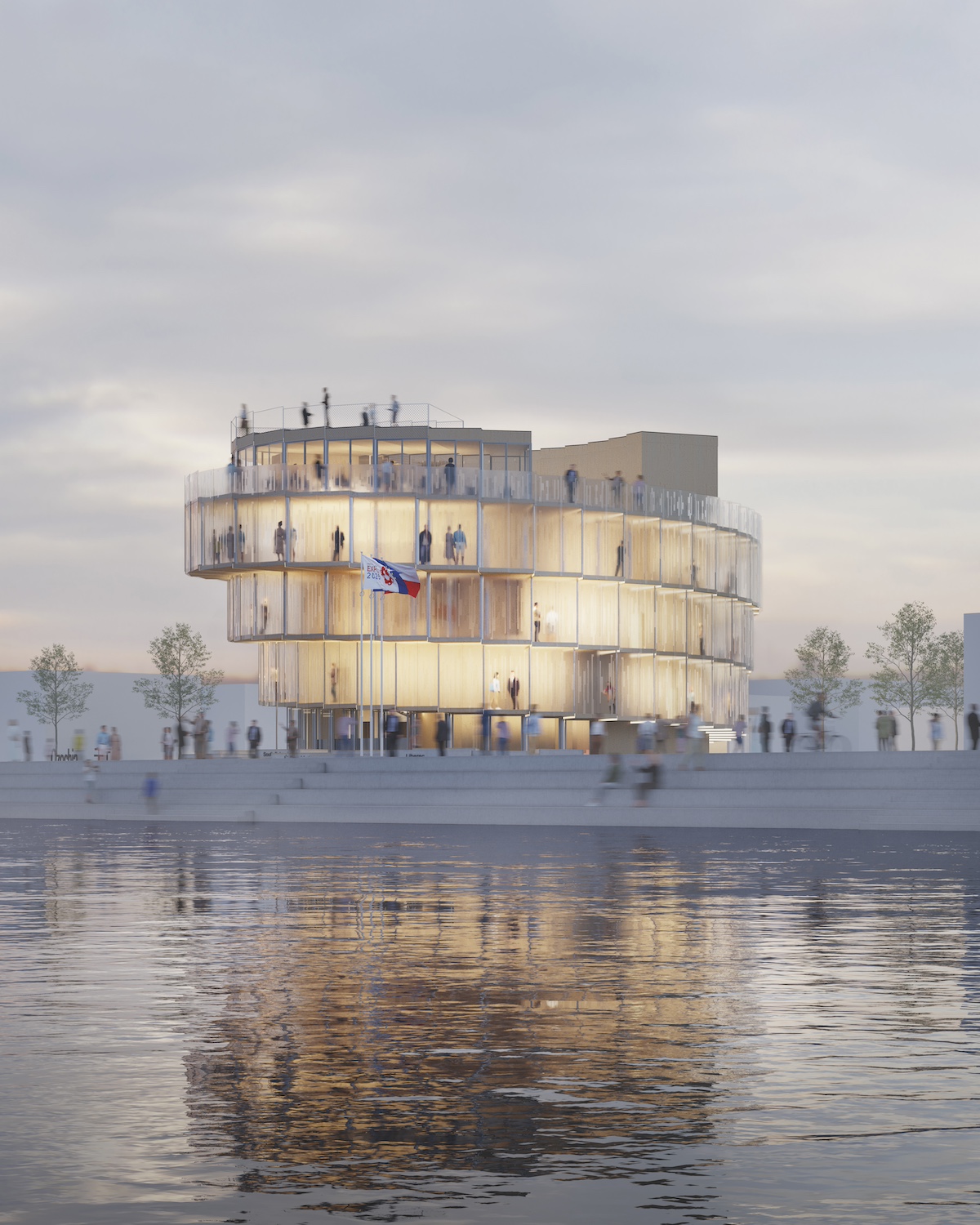
EXPO 2025 Czech Pavilion, Apropos Architects
Which Czech companies are going to exhibit at the EXPO?
I would like to emphasize that World EXPOs are not traditional trade fairs where companies exhibit their products. It is a unique global platform for building a national brand, and the most powerful tool of economic diplomacy. They are held every five years, last for six months, and are visited by tens of millions of people. In Osaka, for the first time in modern history, we will divide the pavilion into sections for the public and for professionals. Companies will be able to participate in thematic conferences, effectively present themselves to potential customers, and develop their existing business relationships. For these purposes, the pavilion will have a multifunctional auditorium, a lounge, and a meeting room. For the 26 weeks of the EXPO, we are preparing a variety of interesting business themes that will allow Czech companies to present themselves in Japan in the best light. These include, for example, nanotechnology, fintech, space technology, cybersecurity, and the circular economy. Those interested in cooperation can contact partnership@expo2025czechia.com or fill out the questionnaire on the website www.expo2025czechia.com. Companies such as Elmarco, a leading supplier of technology for the industrial production of nanofibres, and AtomTrace, which uses technology to provide in-depth understanding through the analysis of materials, are preparing for the EXPO.
We have a year to go until the opening of EXPO 2025. Are you looking forward to it?
Of course, I’m very much looking forward to the World EXPO. However, we still have a lot of work ahead of us. We need to build the pavilion, complete the visitor path, announce and finalize several public tenders, and secure relevant partnerships. All of this is for an event that will take place on the other side of the world. I often say that diamonds are formed under pressure, and I believe that the Czech National Pavilion will be such a diamond. My entire team, which is not particularly large, is putting an enormous amount of time and effort into the project. I usually compare this situation to running a marathon at a sprint’s pace. Due to the pandemic and the postponement of the previous EXPO by a year and a half, we have less time for preparations, and, frankly, it’s a challenge. But I welcome challenges.
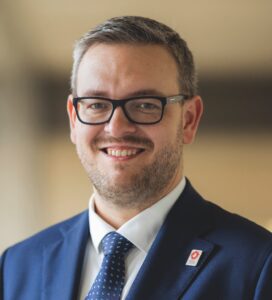 Ondřej Soška was appointed by the Government of the Czech Republic as the Commissioner General at EXPO 2025 Osaka, Kansai, Japan on August 24th, 2022. He is a manager, with over 20 years of experience in both the private and public sectors. He gained experience in Europe, the USA, the Middle East, and the Far East. He is a founding member of an association of Czech companies, entrepreneurs, and managers in the Middle East – Czech Business Council in Dubai – where he worked as Vice President between 2014 and 2020. Mr Soška holds a Bachelor’s degree in Business Administration from Coventry University (UK), and a Master’s degree in Economics and Management from the Silesian University (Czechia). He also studied at the J. F. Oberlin University in Tokyo, Japan. He is fluent in Czech and English, and speaks basic Japanese.
Ondřej Soška was appointed by the Government of the Czech Republic as the Commissioner General at EXPO 2025 Osaka, Kansai, Japan on August 24th, 2022. He is a manager, with over 20 years of experience in both the private and public sectors. He gained experience in Europe, the USA, the Middle East, and the Far East. He is a founding member of an association of Czech companies, entrepreneurs, and managers in the Middle East – Czech Business Council in Dubai – where he worked as Vice President between 2014 and 2020. Mr Soška holds a Bachelor’s degree in Business Administration from Coventry University (UK), and a Master’s degree in Economics and Management from the Silesian University (Czechia). He also studied at the J. F. Oberlin University in Tokyo, Japan. He is fluent in Czech and English, and speaks basic Japanese.

